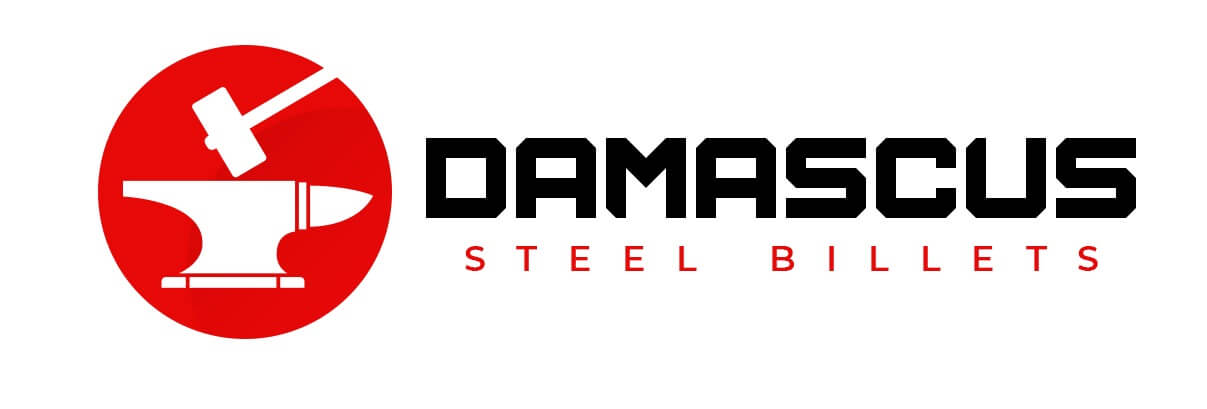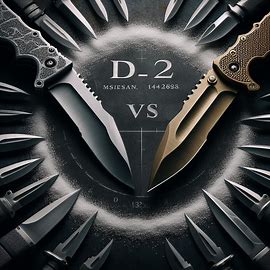In materials engineering, the fight between G10 and carbon fiber is a tribute to innovation and performance. Both materials have outstanding qualities, each with its own set of advantages and uses. In this detailed book, we go deeply into the subtleties of G10 vs. carbon fiber, revealing their distinctions and uses, and addressing frequent questions to help you make educated selections.

Understanding G10 vs Carbon Fiber:
To compare G10 with carbon fiber, it’s important first to understand their basic properties.
G10:
Grade 10, is a high-pressure fiberglass laminate with remarkable durability and insulation. G10, made of woven fiberglass fabric impregnated with epoxy resin, has great mechanical strength and dimensional stability, making it a popular option in various sectors, including aerospace, electronics, and knife manufacturing.
Carbon Fiber:
It is a lightweight, high-strength material known for its excellent stiffness-to-weight ratio. Carbon fiber, made up of carbon atoms organized in a crystalline form, has unrivaled strength and stiffness, making it important in automotive, aircraft, sports equipment, and more.
Differences Between G10 and Carbon Fiber:
| Aspect | G10 | Carbon Fiber |
| Composition | Fiberglass cloth + Epoxy resin | Carbon atoms aligned in a crystalline structure |
| Weight | Relatively heavier | Exceptionally lightweight |
| Strength | High mechanical strength | Superior strength-to-weight ratio |
| Rigidity | Less rigid compared to carbon fiber | Extremely rigid and stiff |
| Conductivity | Insulating properties | Conductive properties (electrically) |
| Cost | Generally more affordable | Higher cost compared to G10 |
| Applications | Knife handles, electronic insulators | Aerospace, automotive, sports equipment, etc. |
FAQs:
Which material is better for knife handles: G10 or carbon fiber?
Both materials have distinct benefits. G10 has a superb grip and durability, making it a popular option for knife aficionados. On the other hand, carbon fiber provides unparalleled lightweight performance, making it suitable for individuals wanting a sleek, high-end appearance.
Is carbon fiber stronger than G10?
Carbon fiber is often stronger and more stiff than G10. However, the decision between the two materials is frequently based on unique application needs and financial constraints.
Can G10 be used in aerospace applications?
While G10 has impressive mechanical strength and dimensional stability, it may not match the strict performance criteria of some aerospace applications, where carbon fiber’s superior strength-to-weight ratio is frequently selected.
Is carbon fiber more expensive than G10?
Carbon fiber is often more expensive than G10 owing to sophisticated production procedures and greater performance attributes.
Which material is easier to work with: G10 or carbon fiber?
G10 is simpler to process and work with than carbon fiber, which requires specific equipment and knowledge owing to its brittleness and abrasive nature.
Concluding The Debate
The contest between G10 vs. carbon fiber in materials engineering remains fascinating and inspiring. While the G10 has excellent durability and affordability, carbon fiber reigns supreme due to its unparalleled strength-to-weight ratio and lightweight performance. Understanding the differences between G10 and carbon fiber is critical for making educated decisions and getting the best outcomes, whether constructing knife handles, building aircraft components, or looking for high-performance sports equipment.






